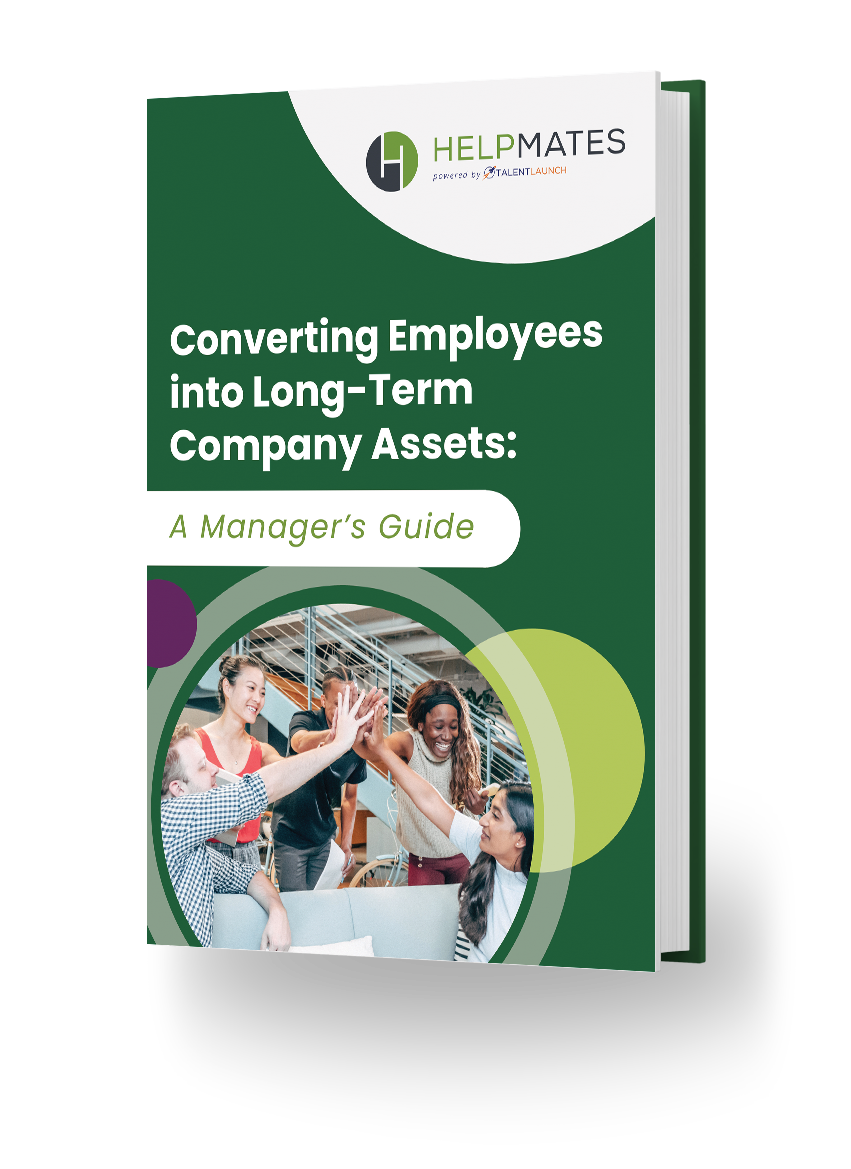If you work in HR or in some management or leadership capacity at your company and if you’ve ever been part of a committee charged with some form of “organizational change management” at your firm, we don’t have to tell you plain fraught such a task can be.
Few of us like change. Even fewer of us at work like change and if we by chance do like change, well, most of our colleagues certainly do not. Nope. Not having it. We’ve always done it this way. Put it back the way it was before.
Why do humans pretty much abhor change? Because we don’t like the unknown (better to deal with the devil you know than the devil you don’t). In addition, change means uncertainty: the suggested change could work, but it also could not and humans are hardwired to dislike uncertainty: it’s stressful!
What’s more, when it comes to organizational change many people worry it could affect them in negative ways, ways such as:
- A loss of status or job security.
- Fear of the unknown (as mentioned above).
- Fear of failure (employees worry the change may mean they’re not up to the task of any new projects or duties for which they’ll be responsible).
So how can your company make organizational change easier? Take a look below for some ideas.
- Start a conversation. And then listen. Really
Decide which areas of your company or department could use some change and then look at them closely. Talk to members of your company/that department and get their take on what changes you think need to take place.
If you see one sub-set of your company or department that’s doing something great and you think you’d like to expand upon it, bring it up and then listen. Ask for feedback and listen some more. See what insights you can glean.
Now that you have your feedback, let everyone you talked to – or who answered a survey – know what you’ve learned. See what common threads popped up in different responses to your queries. Don’t neglect the “outliers” – those comments that may take you in a slightly different direction – they may be worth pursuing.
- Plan but make sure the plan is broken into steps.
Small and steady change is better than massive modifications that take place all at once.
- Share your vision.
Talk about how the proposed changes will improve your company. Explain how and why they will do so. Most importantly, show your employees how the proposed changes will make their lives better (place the emphasis on them, not on how it will make your business better). Remember, they are nervous that any change will affect them adversely.
- Communicate, communicate and then, when you think everyone understands exactly what’s happening and when, communicate some more.
You really can’t tell people too much when it comes to changes in their workplace. Remember: they are stressed. They are worried. They may be excited but there’s no certainty that change will be a success. Give them information. Tons of information. Accurate information. Answer their questions (even if they’ve been asked hundreds of times before).
- Thank people. Keep thanking them.
Organizational change takes time. You should thank employees once the change is complete, but you should thank them regularly during the process. Announce when milestones have been met successful. Name individuals, if possible, and work hard to name as many people as possible.
Many organizational changes involve new projects, projects for which your company may not want to bring on full-time employees until the change is complete. If so, consider bringing on skilled temporary workers as needed. Contact the Helpmates office nearest you to learn more. We look forward to being of service.







